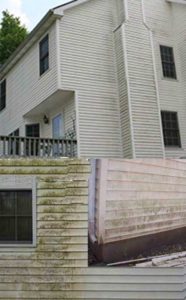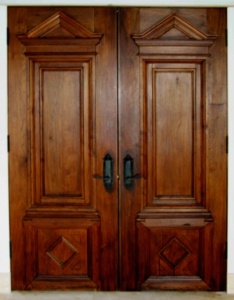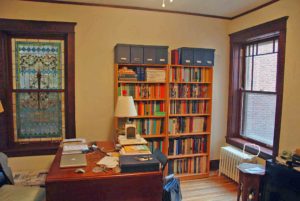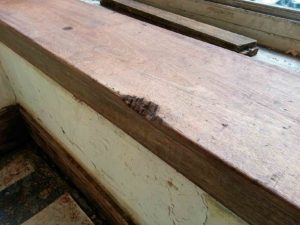It’s Hard to Get a Good Patina on Aluminum Siding
It’s hard to get a good patina on aluminum siding
Wood, on the other hand, just gets richer and richer as it ages. Saturated in a period appropriate finish such as the seven or more coats of tung oil varnish we applied on these doors, the deepening patina glistens and glows.
High tech., mass-produced materials often look great when they are brand new. But they are so far removed from natural materials and processes that they don’t age well. Historic and vintage buildings, on the other hand, are made of materials that are closer to nature. They tend to age well, developing patinas that are desirable.
Japanese culture even has a name for the kind of beauty one finds in things that are gradually returning to their natural state–Wabi-Sabi.
When we restore vintage and historic elements, we do not try to bring them back to mint condition. Much of the character that makes these elements desirable are the imperfections and aging that occurs naturally. With decades of experience under our belts, we are able to determine which imperfections contribute to the character of a vintage element and which are are undesirable, thus needing to be eradicated as much as possible.
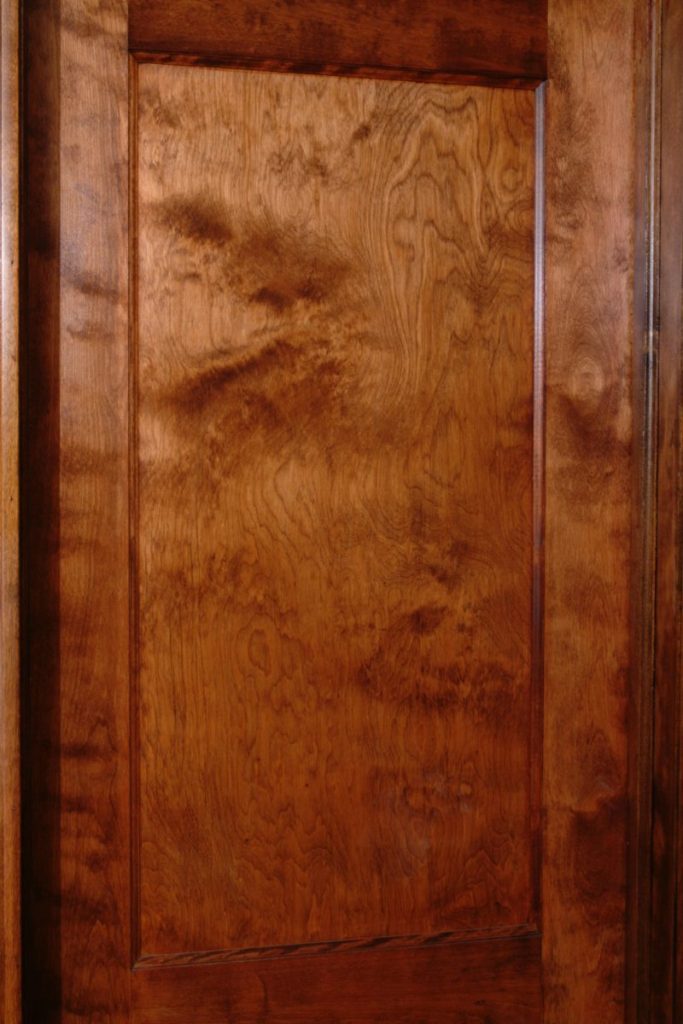
For instance, when does a scratch in a door become a beauty mark? When it no longer looks like a scratch (a mechanical line) and begins to look more like a thing of nature. When we repair such scratches, then, we often don’t try to remove the entire scratch. Rather, by means of selective sanding, we are able to disguise the imperfection by integrating its energy into the natural flow of the wood.
Of course, some clients prefer restorations to be more pristine than others. We work with clients to accommodate their preferences. But the client who owns this window stool has a deep appreciation for the beauty in things as they age. So she was quite pleased that we did not fill this gouge in a window stool with epoxy. We were fully capable of making it a nearly invisible repair, but we sensed it was the kind of organic imperfection that she would want preserved. So we left it as is, and agree with the client that it is beautiful! (Here’s the way she says about our approach.)

